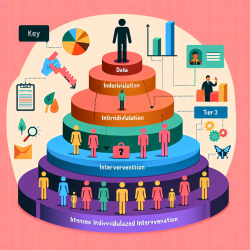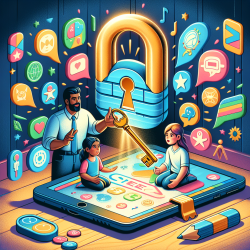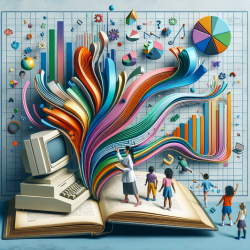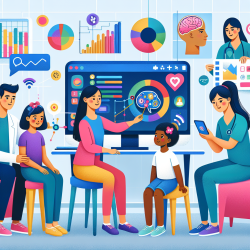Have you ever wondered how schools tailor their interventions to meet the unique needs of students with severe and persistent learning and behavioral challenges? The answer lies in a research-based process called Data-Based Individualization (DBI).
DBI is the National Center on Intensive Intervention (NCII)'s approach to intensive intervention, particularly for students with disabilities. But what exactly is DBI?
In essence, DBI is a systematic method for individualizing and intensifying interventions using assessment data, validated interventions, and research-based adaptation strategies. Unlike a specific program or product, DBI is a dynamic process driven by data and characterized by increased intensity and individualization. It addresses both the academic and behavioral needs of students, making it a comprehensive approach.
Some schools refer to intensive intervention as "Tier 3 intervention," which is often part of a multi-tiered system of support (MTSS) framework. This means DBI is integrated into a larger system that supports students at varying levels of need.
So, how does DBI work? Think of it as the technical term for what many skilled teachers do naturally: frequently review student data and adjust their teaching methods based on what works best for each student. DBI, however, formalizes this process, making it systematic, explicit, and tailored through a multi-step process that gradually intensifies instruction and support.
Here's a quick breakdown of the DBI process:
- Assessment: Regularly collect and analyze student data to understand their progress and needs.
- Validated Interventions: Implement evidence-based interventions that have been proven to work.
- Adaptation Strategies: Make data-driven adjustments to interventions to better meet the individual needs of students.
- Increased Intensity: Gradually intensify the level of support and instruction based on the student's response to interventions.
By following these steps, DBI ensures that interventions are not only effective but also tailored to each student's unique needs. This makes it an invaluable tool in the realm of special education.
For more information, please follow this link.










